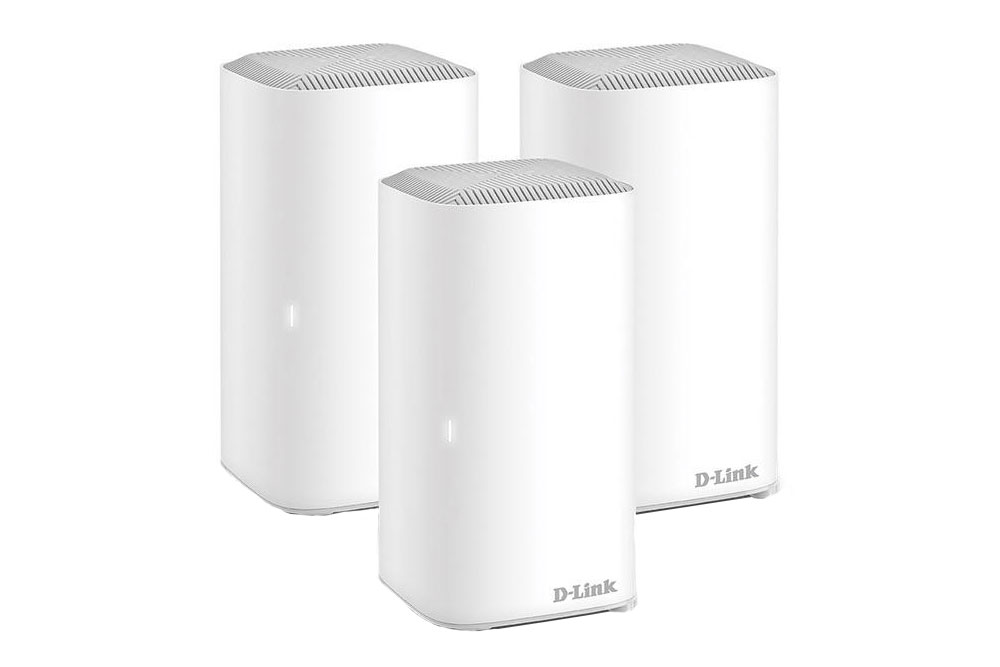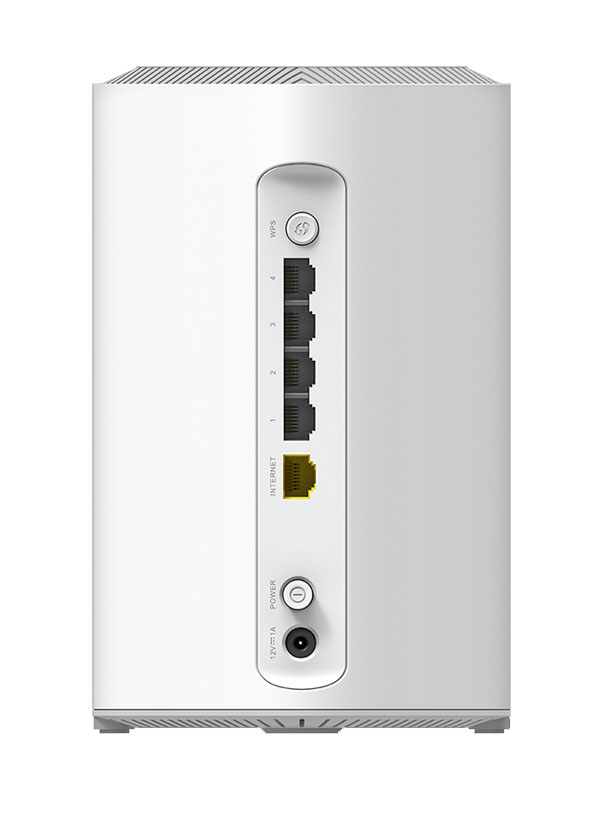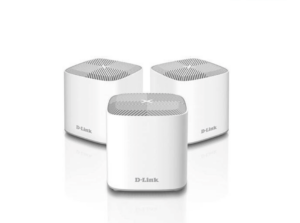The COVR-X1873 will definitely keep you connected. But is it the right mesh for you?
D-Link COVR-X1873 Mesh WiFi review
It doesn’t take much to have the whole family screaming about crappy internet these days. The more we rely on our devices, the less we tolerate weak WiFi signals and network glitches.
The D-Link COVR-X1873 Mesh network is a solution to these problems, and thanks to the inclusion of WiFi 6-ready hardware, it is ready to solve future problems too. Some of the features in this system will seem like overkill for many homes today, but will become important later.
As a quick introduction, WiFi 6 is the latest commercially available WiFi standard and it delivers two important changes from previous versions. As you might expect, it's faster, capable of nearly three times the throughput. More importantly, it is designed to connect more devices to the network and give them all the bandwidth they need to operate.

If you count up all of the internet-connected devices in your home right now, you may not think you need a WiFi 6 network in your home, but this won’t always be the case. I currently have 27 devices on my network all the time, including phones, laptops, smart speakers and lights. This number is only going to increase as the ‘internet of things’ revolution ramps up the number of household items that can connect to the internet increase too. Fridges, microwaves, washers and dryers are some obvious examples, but what about a carton of milk that can tell Siri that it is nearly empty? A bed that can slowly transform based on data it sends and receives to the cloud? WiFi 6 is designed to make sure all of these devices are getting the data they need in a timely way.
Each router in this system is capable of throughput up to 574Mbps on the 2.4GHz band and 1200Mbps on the 5GHz band. These are the theoretical maximum data rates supplied by D-Link, and while it is hard to put a system like this to its limits, we can say that we enjoyed outstanding speeds while testing this unit.
What sets the COVR-X1873 apart from other mesh systems is that there is no ‘main router’ and ‘extender routers’; all of the devices you get in the box are capable of the same thing. For example, there are key technical differences between the router and the access points in the Google Nest WiFi system. Only the router has an ethernet port, and it has more antennas and more memory.
All of the COVR-X1873 routers are the same, down to having four gigabit ethernet ports for hardwiring devices to the network. This is great if you have an entertainment system with multiple internet hungry devices together. With one router you can connect your TV, Foxtel box, Xbox and PlayStation directly to the access point.

Simple setup, if slow
A bugbear with previous D-Link gear we’ve tested is that the app you need to download and what a pain it is to use. Previous iterations were clunky and we struggled to do basic things, like setting up a new network. We’re happy to report that the experience this time was much better. The updated app is easy to follow and D-Link has trimmed out less important information from the setup wizard.
To set up a new network with the COVR-X1873 is pretty simple. Take one unit and connect it to your NBN router, open the app and scan the QR code on the base of the router, then wait as the app does the rest. You then plug in the next router, scan the QR code and repeat the process.
Waiting is the hardest part, as can take a while for everything to connect properly. Worse still, changes made in the settings require the router to restart, and this takes a few minutes each time. But otherwise, we were set up and online in about 15 minutes.
It’s got you COVRed
A key decision when shopping for a mesh network is how many access points do you need? The COVR-X1873 comes in a two-pack or a three-pack, and you can buy standalone units to extend your network further if you need to.
D-Link rates coverage at 510m2 with two units connected and a big 740m2 when you have a three-pack set up. This is convenient for me as I currently live on a block of land which is just over 750m2 and so I can attest to our review kit, with three routers, comfortably covering all corners of the house and yard.
Of course, you need to make sure that you position each router in the best position for an optimal signal throughout your home. A common mistake is to put a router in the furthest corners of the house to maximise the range.
For better results, try and think about each access point as a slingshot for the signal and place them in places where you currently get a strong connection. It can share this strong signal to the next point and all of the devices in its range.
Is the D-Link COVR-X1873 right for you?
If you simply want to improve the performance of your WiFi network, the D-Link COVR-X1873 is a solid choice. You pay a bit extra for the WiFi 6 upgrade, but it isn’t a huge difference in price, and those with an eye on the future will see the benefit in paying this premium. What makes the COVR-X1873 stand apart is how full-featured each unit in the system is. Each has four ethernet ports, each has four WiFi antennas and each can play the role of the main router.
Related Articles






